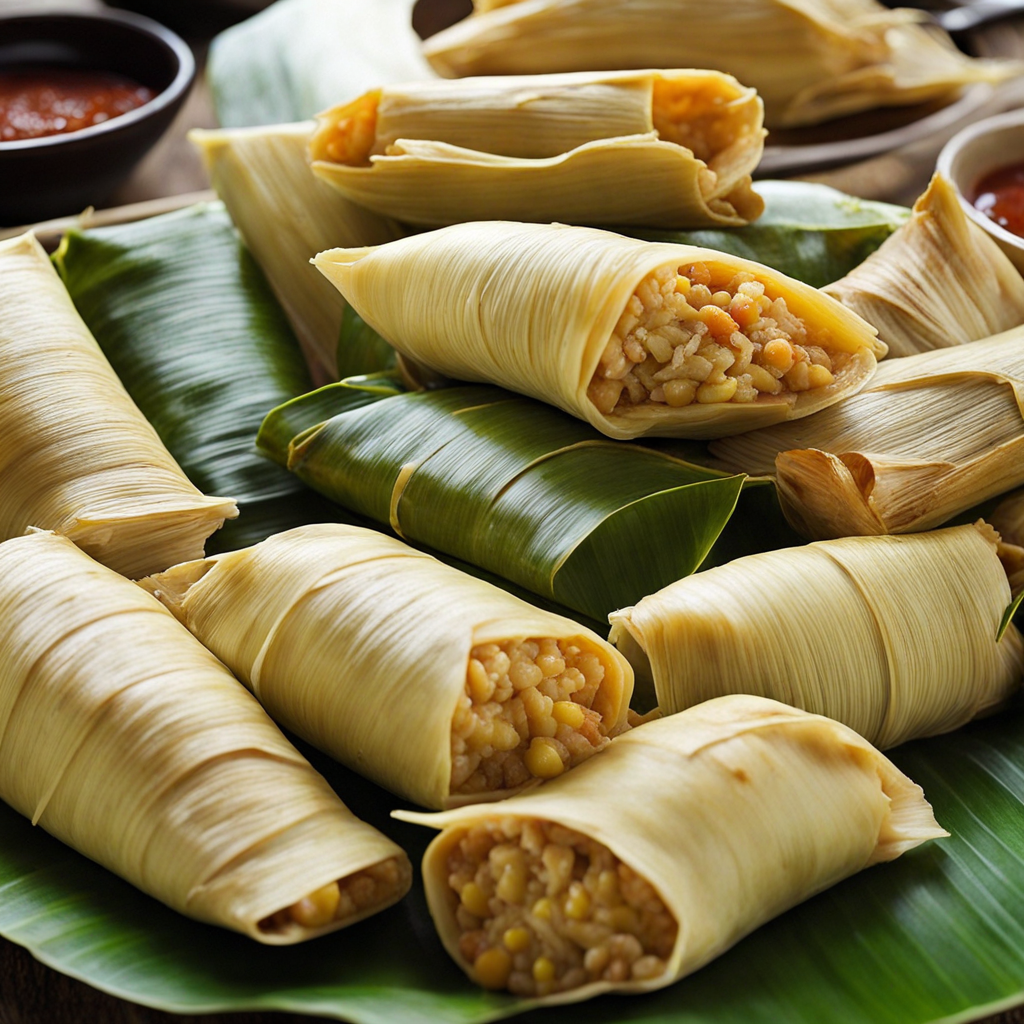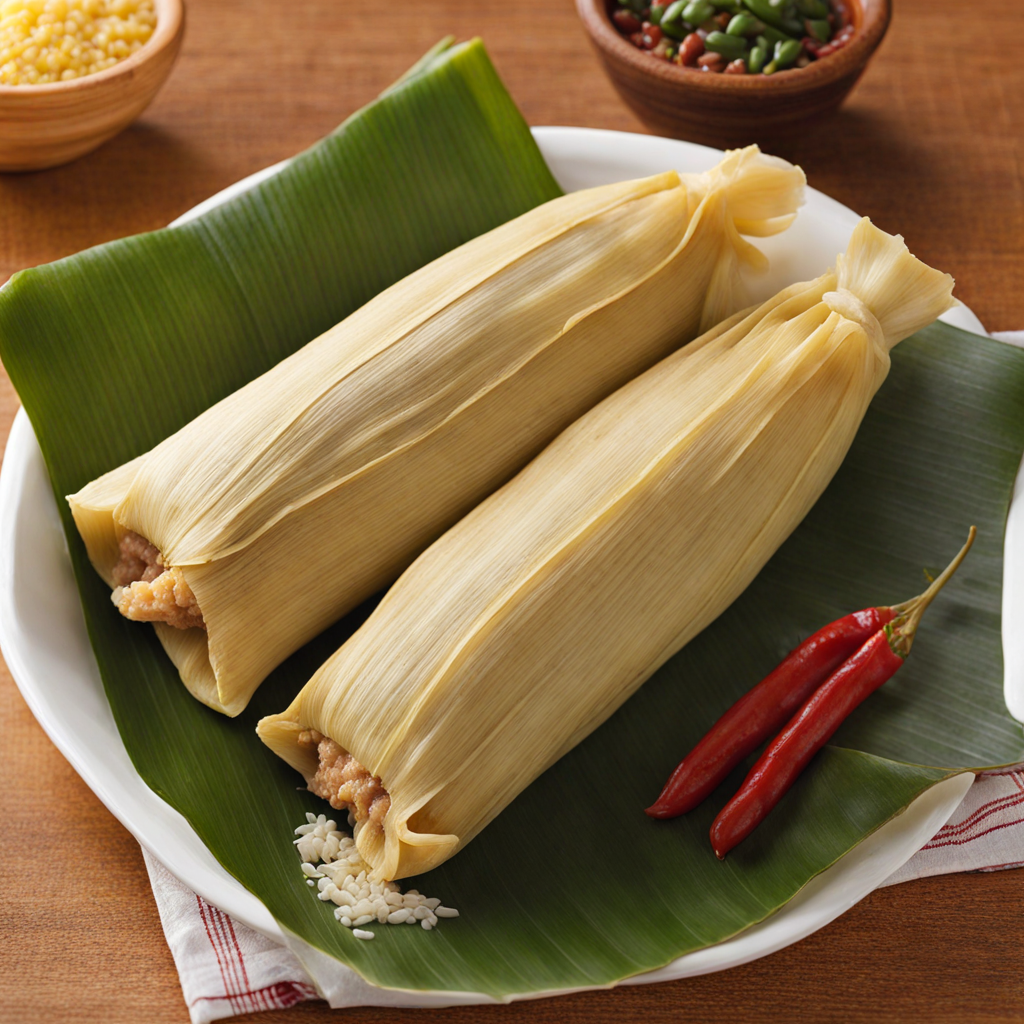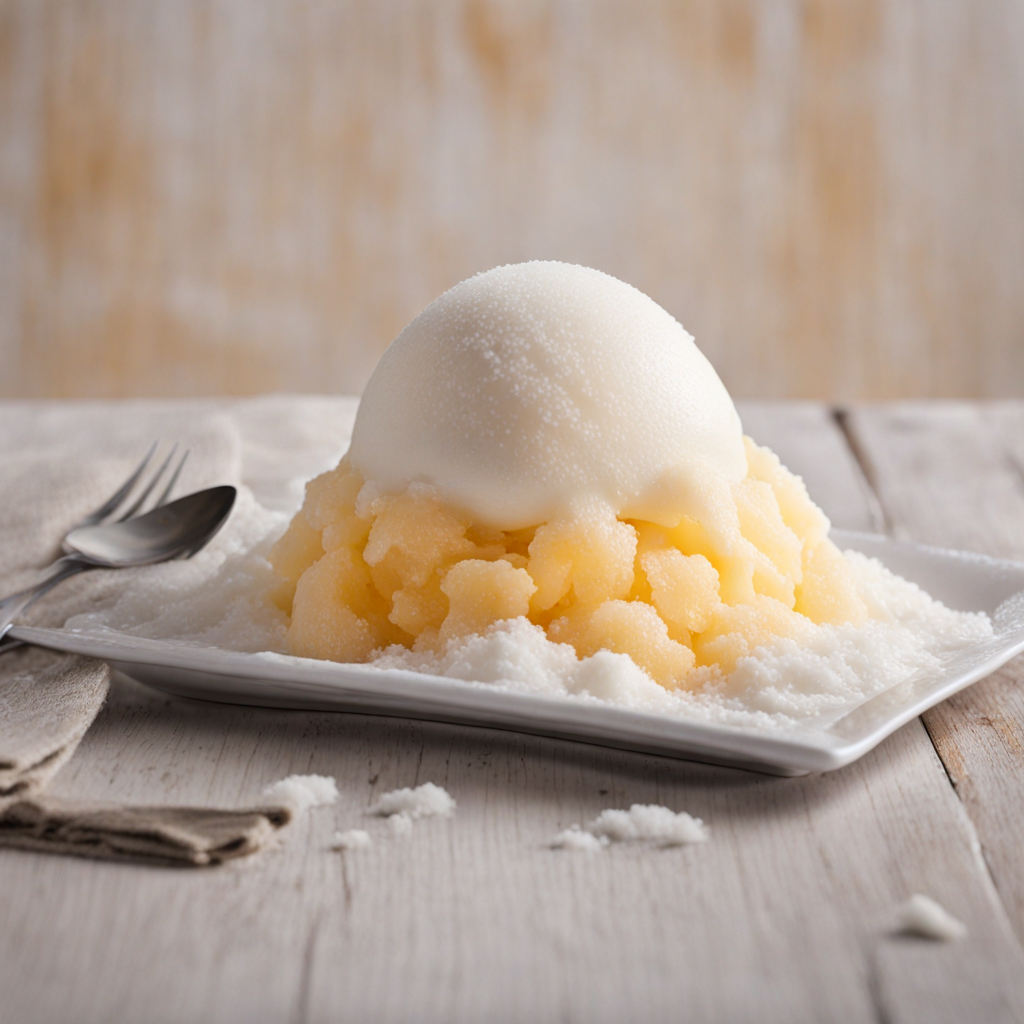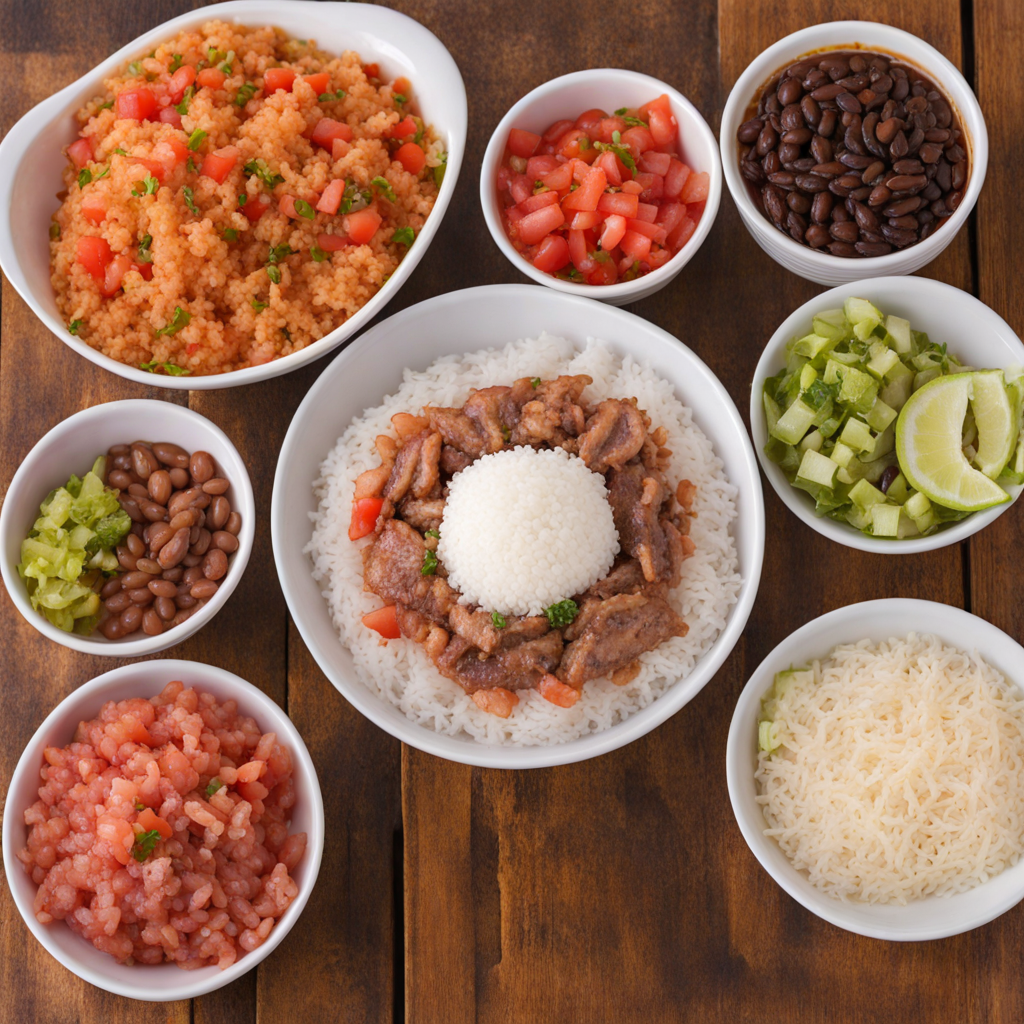Tamales
Tamales in Costa Rica are a delightful culinary experience that combines tradition and flavor in every bite. Made primarily from masa (a dough made from corn), these treats are often filled with a variety of savory ingredients, including meats, vegetables, and spices. The masa is typically seasoned and mixed with broth or lard to enhance its richness, creating a soft and moist texture that serves as a perfect canvas for the fillings. Wrapped in banana leaves, tamales are then steamed, which imparts a subtle earthy aroma and keeps the moisture locked in, resulting in a tender and flavorful dish that's both comforting and satisfying. In Costa Rican cuisine, tamales are often associated with festive occasions and family gatherings, making them a symbol of togetherness and celebration. Depending on the region and personal preferences, fillings can vary widely; common ingredients include pork, chicken, and even a mix of vegetables and cheese. The addition of spices, such as cumin and achiote, brings depth to the flavor profile, while the banana leaves not only provide a unique presentation but also contribute to the overall taste through their gentle infusion during the steaming process. Each bite of a tamale offers a harmonious blend of textures and flavors that tell a story of cultural heritage. Enjoying tamales is not just about the food; it’s an experience that engages the senses. The vibrant colors of the fillings peek through the green banana leaves, inviting you to unwrap them and discover their contents. Often served with a side of pico de gallo or a tangy salsa, tamales can be enjoyed as a main dish or a hearty snack. Whether you savor them during a family gathering or as a street food delicacy, tamales from Costa Rica provide a unique taste that captures the essence of the country's rich culinary traditions.
How It Became This Dish
The Delicious Journey of Tamales in Costa Rica Tamales are an integral part of Costa Rican cuisine, embodying a rich tapestry of history, culture, and tradition. Though their exact origins are shrouded in the mists of time, they are believed to have been created by ancient Mesoamerican civilizations, such as the Aztecs and the Maya, who used masa (corn dough) to wrap various fillings. Over the centuries, tamales evolved and adapted to different cultures and regions, becoming a beloved staple in Costa Rican households. #### Origins of Tamales The history of tamales can be traced back over 5000 years, with evidence suggesting that they were first made by the indigenous peoples of Mesoamerica. Corn, or maize, was a crucial crop for these civilizations, and they developed a variety of ways to prepare and consume it. The word "tamale" is derived from the Nahuatl word "tamalli," which means "wrapped." This name reflects the method of preparation: masa is filled with meats, vegetables, or other ingredients, wrapped in corn husks or banana leaves, and then steamed or boiled. While tamales have a rich history across various Latin American countries, each region has developed its unique twist on this dish. In Costa Rica, tamales hold special significance, particularly during the holiday season and various cultural celebrations. #### Cultural Significance In Costa Rica, tamales are more than just food; they are a symbol of family, tradition, and community. During Christmas and the New Year, making tamales becomes a cherished family activity. Families gather together, each member contributing to the process, transforming it into a festive occasion filled with laughter and stories. This communal aspect of tamale-making reinforces familial bonds and fosters a sense of belonging. Tamales are often enjoyed with a cup of coffee, a beverage that is deeply ingrained in Costa Rican culture. The combination of tamales and coffee epitomizes the nation’s culinary traditions, where simple ingredients are elevated through love and care. One of the most popular types of tamales in Costa Rica is the "tamale de cerdo," which is made with ground corn, filled with seasoned pork, and wrapped in banana leaves. This variety is often served with a side of "pico de gallo," a fresh salsa made from tomatoes, onions, cilantro, and lime, enhancing the dish's flavor profile. Moreover, tamales are often prepared for significant cultural events and religious celebrations. They are a staple during the Feast of the Virgin of Los Angeles, the patron saint of Costa Rica, where they are offered as a symbol of gratitude and reverence. The preparation of tamales during these events is steeped in cultural rituals and customs, reinforcing the connection between food and spirituality. #### Development Over Time As Costa Rica underwent various socio-political changes, the preparation and consumption of tamales evolved. The arrival of Spanish colonizers in the 16th century introduced new ingredients and cooking techniques to the indigenous culinary practices. The fusion of European and indigenous cuisines resulted in the incorporation of meats such as beef and chicken, along with spices and seasonings that were not previously used. This blending of flavors contributed to the distinctive Costa Rican tamale we know today. In the 19th and early 20th centuries, as the country modernized, tamales began to find their place beyond the family table. They became popular street food, sold at local markets and fairs. The industrial revolution and urbanization led to changes in eating habits, with many Costa Ricans seeking quick and convenient food options. However, despite the rise of fast food, tamales retained their status as a cherished traditional dish, often made with the same time-honored methods. The late 20th century saw a resurgence of interest in traditional foods, as people began to embrace cultural heritage and local cuisine. This movement, known as "la cocina costarricense," celebrated the country's culinary roots, and tamales played a central role in this renaissance. Chefs and home cooks alike began to experiment with new fillings and flavors, infusing modern twists into the classic recipe. Vegetarian and vegan versions of tamales emerged, catering to changing dietary preferences while honoring traditional techniques. #### The Modern Experience Today, tamales continue to be a beloved dish in Costa Rica, enjoyed by locals and visitors alike. They are often featured in restaurants, food festivals, and culinary events, showcasing the versatility and adaptability of this traditional food. While the classic tamale de cerdo remains a favorite, contemporary iterations now include tamales filled with vegetables, cheese, and even seafood, reflecting the dynamic nature of Costa Rican cuisine. In recent years, the rise of culinary tourism has brought increased attention to Costa Rican food culture, with tamales often highlighted as a must-try dish. Cooking classes and food tours offer visitors the opportunity to learn about the history and preparation of tamales, allowing them to engage with the culture on a deeper level. This interest has not only helped to preserve the tradition of tamale-making but also fostered a greater appreciation for the country’s rich culinary heritage. #### Conclusion The history of tamales in Costa Rica is a testament to the enduring power of food as a cultural symbol. From their ancient origins to their modern-day significance, tamales have transcended time and space, bringing people together across generations. They represent more than just a meal; they embody the essence of Costa Rican identity, community, and tradition. As families continue to gather to prepare and share this beloved dish, tamales will undoubtedly remain a cherished part of Costa Rican culture for generations to come.
You may like
Discover local flavors from Costa Rica







